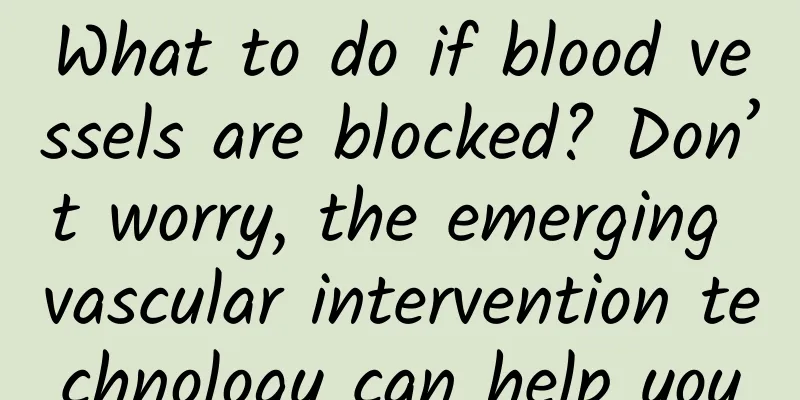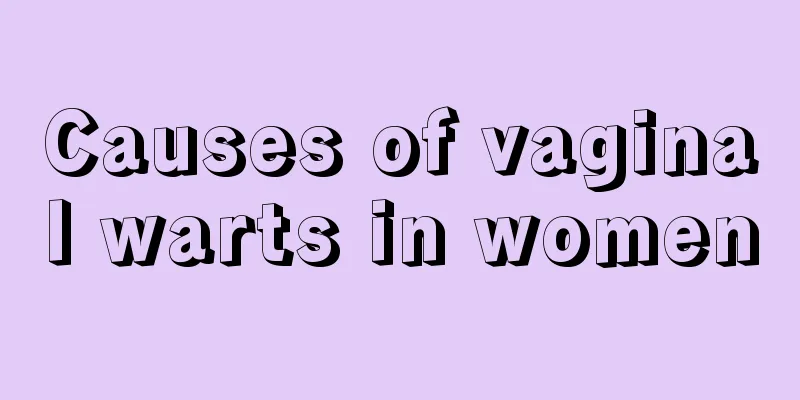What to do if blood vessels are blocked? Don’t worry, the emerging vascular intervention technology can help you

|
"Vascular obstruction" sounds like a minor illness, but when it comes to stroke , do you suddenly feel nervous? Stroke includes diseases caused by intracranial vascular obstruction. What to do if blood vessels are blocked? Don’t worry, the emerging vascular intervention technology can help you! There are many blood vessels in the human body. Each square meter of human skin contains 19 feet of blood vessels, with a total length of more than 62,000 miles. If all the blood vessels were connected end to end, they would probably circle the earth 2.5 times. The small blood vessels in the human body can be divided into three parts, namely cardiovascular, cerebral, and peripheral blood vessels. The latest research shows that most of us can now live to 120 years old, which is an important result of the continuous progress in the research and development of medical devices. The research and development of medical devices reflects the scientific and technological level of a country. my country's medical devices are also constantly strengthening their competitiveness, striving to achieve "domestic substitution" and "domestic surpassing" in the future. Everyone’s blood vessels are different Just as there are no two leaves in the world that are exactly alike, each person's blood vessels, and each person's own blood vessels, cannot be exactly the same. Sometimes when blood vessels are blocked or have other problems, intervention is needed, where a thin tube is inserted into the blood vessel and air is pumped into the tube to provide support. Generally speaking, a blood vessel needs 40 atmospheres of pressure to support it, but ordinary tubes cannot bear this function at all, which requires special vascular intervention technology and materials to complete this step. Guichuang Tongqiao mainly focuses on neurovascular intervention and peripheral vascular intervention. Among them, the main types of neurovascular interventional devices are: access devices, ischemic stroke devices, and hemorrhagic stroke devices. Peripheral Vascular Intervention The main types of devices include carotid artery stents, renal artery stents, lower limb artery stents, etc. [Is blood vessel blockage a thrombosis?] Blockage of a blood vessel is usually caused by a blood clot. There are three elements in the formation of blood clots: 1. The vessel wall is damaged , such as due to trauma, hypoxia, or inflammation; 2. Hypercoagulation of blood , usually occurs after immobilization, surgery, delivery, and stroke; 3. Slowed blood flow , which may be caused by old age, obesity, high fat, high sugar, smoking, dehydration, cancer, and drugs. The detachment of blood clots can cause pulmonary embolism (PE) , while abnormal coagulation of blood in the deep veins can cause venous reflux disorder, namely deep vein thrombosis (DVT) , which often occurs in the lower limbs. Is there a necessary connection between the two? The two are collectively called venous thromboembolism (VTE) . DVT and PE are two manifestations of the same disease at different stages and locations. About 45% of DVT patients may develop PE. 【 RFA——A magic weapon for treating varicose veins of lower limbs】 Chronic venous disease (CVD) accounts for about 60% of peripheral vascular diseases and often occurs in the lower extremities. In China, the prevalence of lower extremity venous disease is 8.89%. In 2011, the largest epidemiological survey in the field of veins conducted by the International Venous Union showed that the incidence of CVD was 63.9% among people around 50 years old with lower extremity discomfort. Among chronic venous diseases, varicose veins of the lower limbs are more common. Varicose veins refer to the tortuosity and dilation of veins due to factors such as blood stasis and weak vein walls. Varicose veins of the lower limbs refer to the tortuosity and dilation of the superficial veins of the lower limbs, with localized clustering, mainly in the great saphenous vein and a few in the small saphenous vein. The magic weapon for treating varicose veins of the lower limbs is RFA - radiofrequency intravenous closure. This technology has the advantages of convenient operation, safety and effectiveness, and fewer postoperative complications. In terms of surgical safety and efficacy, laser ablation and radiofrequency ablation (RFA) have similar effects, but radiofrequency ablation has fewer complications. Pain after intracavitary thermal ablation is mostly caused by intraoperative venous wall perforation. RFA can effectively prevent venous wall perforation during operation based on its effective heat feedback and uniform heat conduction characteristics, so its postoperative pain rate is lower than laser ablation. [ People who sit for a long time should also prevent blood vessel blockage] How to prevent blood vessel blockage? Everyone knows that we should exercise more, but there are indeed some jobs that cannot carry out long-term sustained exercise. Does that mean their blood vessels must be blocked? NO! We can get up and exercise every half an hour to an hour, do some appropriate jogging, and adopt the "333" exercise method, that is, exercise more than three times a week, each time for more than 30 minutes, and each time with a heart rate above 130. Based on the "333" exercise method, maintain a good attitude and adjust a reasonable and regular work and rest schedule. It seems that people who sit for a long time don’t need to worry about blood vessel blockage caused by long-term sitting! |
<<: Is it safe to eat the Basa fish that costs only a few dollars a bag in the supermarket?
Recommend
Women suddenly have urinary urgency, pain, and blood in urine
The reproductive structure of women is relatively...
How long is the best time to check the pregnancy card?
After a pregnant woman becomes pregnant, it is re...
Prevent cerebral infarction and protect brain health!
1. Introduction Cerebral infarction, also known a...
Pregnant women have labor pains every ten minutes
Many women have to experience pain before giving ...
Why do I have slight abdominal pain one month into my pregnancy?
Every female friend will have some physiological ...
The reason why there is an odor during menstruation is actually this
In daily life, many women will have odor during t...
Who is whole milk suitable for? When should whole milk be consumed?
Milk can be said to be a nutrient that everyone c...
How long does it take for a woman to have her period after a miscarriage?
Many women have abortions due to unexpected pregn...
What diseases are associated with breast pain in girls?
Breast pain in girls is a manifestation of many d...
Common symptoms and diet of uterine myopathy
Although the population is increasing with the ra...
What are the hazards of female reproductive organ infection?
For friends with female reproductive organ infect...
How to adjust irregular menstruation
How to adjust irregular menstruation? There are m...
Can I have sex after a gynecological examination?
As living standards improve, people also pay more...
Why are steamed buns hard when heated in the microwave? How to heat rice in the microwave
Microwave ovens bring us a lot of convenience in ...









